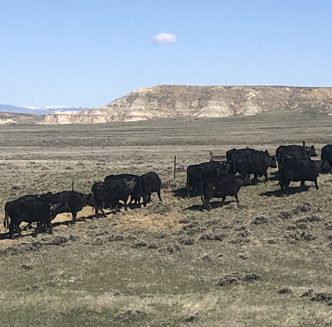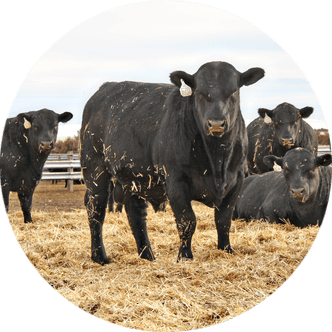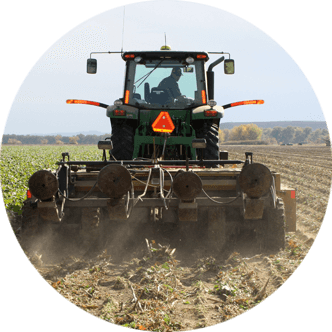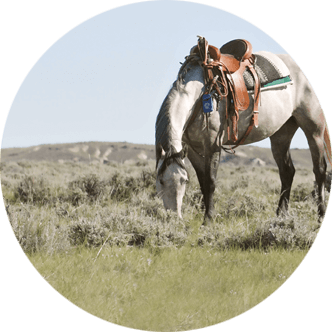Pine needle consumption can cause major losses for producers
Cattle producers in the Black Hills of eastern Wyoming and western South Dakota face unique challenges due to abortion issues associated with ponderosa pine needles (PPN).
By increasing awareness of these challenges and implementing effective management practices, producers can mitigate potential losses and safeguard their herds.
In a Jan. 29 University of Nebraska-Lincoln (UNL) Beefwatch Newsletter, UNL Extension Educator Bethany Johnston discussed pine needle abortion and strategies which can effectively mitigate risk and protect investments.
PPN research
Ponderosa pine or Western yellow pine is widely distributed in the U.S., but is most abundant in the western U.S. and western Canada and is the only species of Pinus in both areas shown to cause abortion in cattle.
Both green and dry needles appear to cause abortion, and bark and branch tips also appear to contain abortifacient principles, Johnston explains.
Since the 1920s, cattlemen have raised concerns about the potential dangers of PPN, suspecting they might cause abortions in their herds.
However, in 1952 the first definitive evidence was discovered for a direct effect of a toxin in PPN in the induction of abortion in beef cows.
Groundbreaking research conducted between the 1980-90s definitively confirmed this suspicion, establishing PPN are indeed responsible for causing abortions in pregnant beef cows.
According to later research, abortions generally occur 72 hours to three weeks after consumption of pine needles, with most occurring five to 15 days.
The dose required to induce abortion in cows varies significantly, as some cows are more sensitive, and even a small amount of needles can trigger an abortion. Incidents may vary from only a few to 100 percent of the cows involved.
However, there is limited research suggesting needles and buds from other pine species can also cause abortion in cattle.
Why does it cause abortions?
Johnston highlights the compounds found in the needles of ponderosa pine trees can disrupt blood flow to the uterus and fetus, which may result in premature births or fetal death.
“Both green or dried needles from ponderosa pine trees, if ingested by pregnant cows, can be harmful,” Johnston states. “Cows would need to eat three to five pounds of needles for several days to trigger an abortion.”
She mentions cows are more susceptible to pine needle abortions during the third trimester, especially during the last 30 to 60 days compared to earlier in the pregnancy.
“Low temperatures also seem to increase pine needle consumption,” she adds. “Non-pregnant cows, steers and bull are not effected by ingesting pine needles, as well as pregnant elk, sheep or goats.”
The abortive response is physiologically triggered by a vasoconstrictive substance found in pine needles, researchers discovered.
This substance leads to a significant reduction in blood flow to the uterus, causing stress to the calf. In turn, this stress triggers parturition, and the outcome is an induced parturition rather than an abortion.
Prevention
A practical approach to prevention would be to consider installing a fence around ponderosa pine trees.
Fencing may help ensure cattle are unable to access PPN, preventing any potential ingestion.
“Another strategy is to adjust calving season so cows are calving in the summer or late fall when they are less likely to eat pine needles in their second or third trimester,” Johnston concludes.
Ensuring cattle have enough feed is crucial to prevent them from resorting to eating pine needles out of hunger.
Providing ample space during feeding is also important so cattle have access to feed, rather than being pushed out and left with only pine needle areas for foraging.
Additionally, placing hay on top of pine needles may lead to unintentional consumption, which could result in abortions.
Currently, there are no drugs or vaccines available to prevent abortions caused by PPN ingestion. Therefore, managing cattle’s diet to avoid eating PPN is essential to addressing this issue.
Melissa Anderson is the editor of the Wyoming Livestock Roundup. Send comments on this article to roundup@wylr.net.





